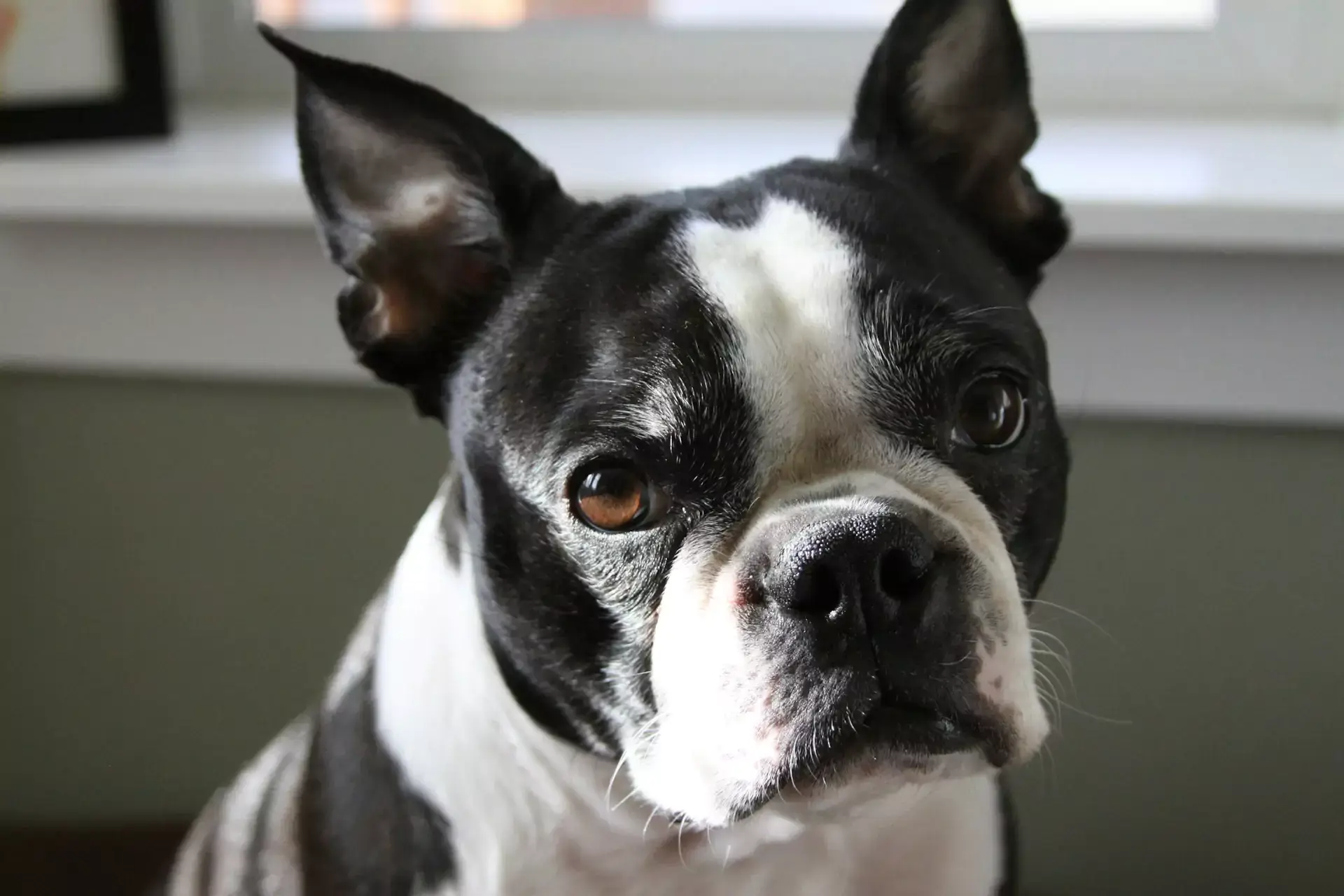15 Key Signs to Spotting Dental Troubles in Pets
February’s arrival heralds Pet Dental Health Month, underscoring an aspect of pet wellness that frequently goes unnoticed. Dental problems inflict comparable discomfort on pets as they do on humans, if not more so. Unlike humans, pets cannot vocalize their dental distress or schedule appointments autonomously. Therefore, it’s vital for pet owners to remain observant and identify potential signs of dental issues. This article presents valuable insights from a Jarvis, ON veterinarian, assisting pet owners in recognizing and addressing dental concerns promptly.
Our furry companions commonly contend with dental issues, and even the most caring pet owner might overlook warning signs. Common problems include gum disease, abscesses, overcrowding, and misalignments. Dogs, avid stick-fetchers like Fido, are prone to cracked or broken teeth. Cats, too, confront tooth resorption and feline stomatitis. Recognizing these issues is vital for responsible pet guardianship.
Ensure your vet examines your pet’s teeth during routine visits. Keep an eye out for warning signals between visits.
- Tartar Accumulation
Visible tartar buildup is closely associated, or paw in hand, with gum disease, sharing similarities with the human experience. The process begins with minor gum irritation, identified as gingivitis, which can be reversible with attentive care. Unfortunately, this reversibility is often elusive for pets. As the condition advances, tartar accumulates along the gumline, forming pockets of infection that lead to the sequential loss of gum tissue and bone.
- This isn’t merely about appearance; gum disease carries substantial risks. Beyond eventual tooth shifting and loss, it’s linked to serious health conditions like heart disease, and liver and kidney problems. Infection can migrate from pets’ mouths to vital organs via the bloodstream.
- It’s crucial to grasp that this goes beyond aesthetics; gum disease poses significant dangers.
If you notice brown or yellow deposits on your pet’s teeth, they might require a deep cleaning to eliminate tartar, enabling gum healing and reattachment. Seek advice from your vet.
- Malodorous Breath
Although pets aren’t renowned for minty-fresh breath, their affectionate nose boops and smooches shouldn’t be overpowering. Consistent bad breath raises concerns as it may indicate underlying health issues.
- Bleeding Gums
Just like in humans, bleeding gums signify gum disease in pets. While you might not observe direct changes on your pet’s gums, alternative indicators may emerge. Watch for toy or dish smudges and dark fur stains near their mouth. These subtle signs could indicate underlying dental problems warranting investigation and treatment.
- Excessive Drooling
Certain dog breeds are predisposed to slobbering tendencies. If you own a Bloodhound, Boxer, Great Dane, Saint Bernard, Mastiff, Retriever, or Basset Hound, you’re likely accustomed to Fido’s drooly nature. Nonetheless, if your usually dry-mouthed pet suddenly begins producing excessive, stringy drool, it may indicate an underlying concern deserving of investigation.
- Normally, cats don’t drool, so if you see Fluffy drooling, be alert.
- Dropping Food
Pets might not always eat with the utmost grace, but they typically have no trouble getting food into their mouths. However, if your animal pal is experiencing dental problems, chewing can become a painful or arduous task. You may notice them accidentally dribbling food from the side of their mouth.
- Opting for Soft Food/Treats
Chewing with a sore tooth is uncomfortable. Hard food exacerbates the pain. You might observe Fido or Fluffy favoring softer options and disregarding their dry food. Your pet may also lose enthusiasm for hard snacks.
- Decreased Engagement in Play Activities
Fido’s playful antics often involve his mouth, so dental issues could disrupt his enjoyment of games like Fetch or Tug O War. Likewise, Fluffy might lose interest in swatting at a catnip mouse or chasing after the elusive red dot if dental problems affect her desire to play. Dental health directly impacts pets’ enjoyment of their favorite pastimes.
- Swelling
Noticeable swelling is a critical indicator. It not only signifies significant discomfort for your pet but also suggests the presence of a potentially severe infection. Any infection carries risks, but those near the brain are especially concerning due to their proximity to vital organs. Immediate veterinary intervention is essential to address such serious health concerns.
- Dodging Physical Touch
Be alert if your pet starts avoiding head or face contact unexpectedly. This is especially concerning if your pet usually enjoys forehead rubs or ear scratches. Any sudden reluctance for these interactions may indicate discomfort or pain, necessitating immediate veterinary evaluation.
- Irritable Mood
Have you ever dealt with a toothache? It’s unlikely to have improved your mood. Pain is universally unpleasant. If your furry companion suddenly exhibits changes, such as retreating to a quiet space and avoiding family interaction, it could signal discomfort. In severe cases, pets may even growl or snap when their face or mouth is touched. Recognizing these signs promptly allows for addressing potential dental issues and ensuring your pet’s comfort.
- Pawing the Mouth
This behavior is more commonly seen in cats. You may notice your furry companion pawing at her mouth or face. While it could be a normal part of Fluffy’s grooming routine, if it seems unrelated to her usual self-care, it could indicate an underlying issue that requires veterinary attention.
- Neglected Fur (Cats)
Felines are generally proficient at self-grooming, and Fluffy may invest hours daily in maintaining her soft, clean fur. If your cat experiences mouth pain, this routine may be disrupted. Ill cats often deviate from their usual beauty habits, echoing the human tendency to feel unlike themselves when unwell. Observing changes in your cat’s grooming behavior can act as a crucial indicator to promptly monitor and address potential health issues.
- Shifts in Dietary Behavior
One additional factor to be particularly mindful of would be any modifications in your furry friend’s eating patterns or habits. As previously indicated, although a preference for softer food may serve as a noteworthy alert, it’s imperative to remain observant for supplementary cues. Your beloved pet may also display variations such as extended periods spent consuming their meals or changes in appetite.
- Diminished Hunger
If your pet is experiencing severe dental pain, they might lose all interest in food, which could lead to weight loss and even malnutrition, posing serious risks to their health. Additionally, a reduced appetite can be a sign of various underlying health issues. Therefore, it’s crucial to contact your vet immediately if your pet shows signs of not eating, ensuring prompt diagnosis and treatment to safeguard their well-being.
- Sneezing
Dental problems frequently give rise to complications in nasal passages or sinuses, leading to abnormal nasal discharge, an atypical condition for pets like Fido or Fluffy, emphasizing the importance of prompt veterinary attention.
- Further Symptoms of Dental Concerns
The most common warning signs are listed separately, yet there are also visible cues that can be easily spotted.
- Visible Abscesses
- Inflammation
- Missing Teeth
- Extra Teeth
- If you notice any of these, get in touch with your Jarvis, ON veterinary clinic promptly.
Maintaining good dental health in pets is crucial due to the prevalence of dental issues often overlooked by owners. Warning signs, including tartar buildup, drooling, weight loss, bad breath, changes in eating habits, and visible swelling, indicate potential dental problems. These issues can lead to discomfort, pain, and serious health complications if left untreated. Regular dental care, including professional cleanings and home dental hygiene, is essential for preventing dental diseases. Prompt veterinary intervention upon noticing any warning signs is vital to address dental issues promptly, ensuring the overall health and well-being of pets.
If you’ve noticed any of these indications in your pet, please don’t hesitate to get in touch with us at Fairview Drive Pet Hospital in Jarvis, ON. We’re always available to help!




